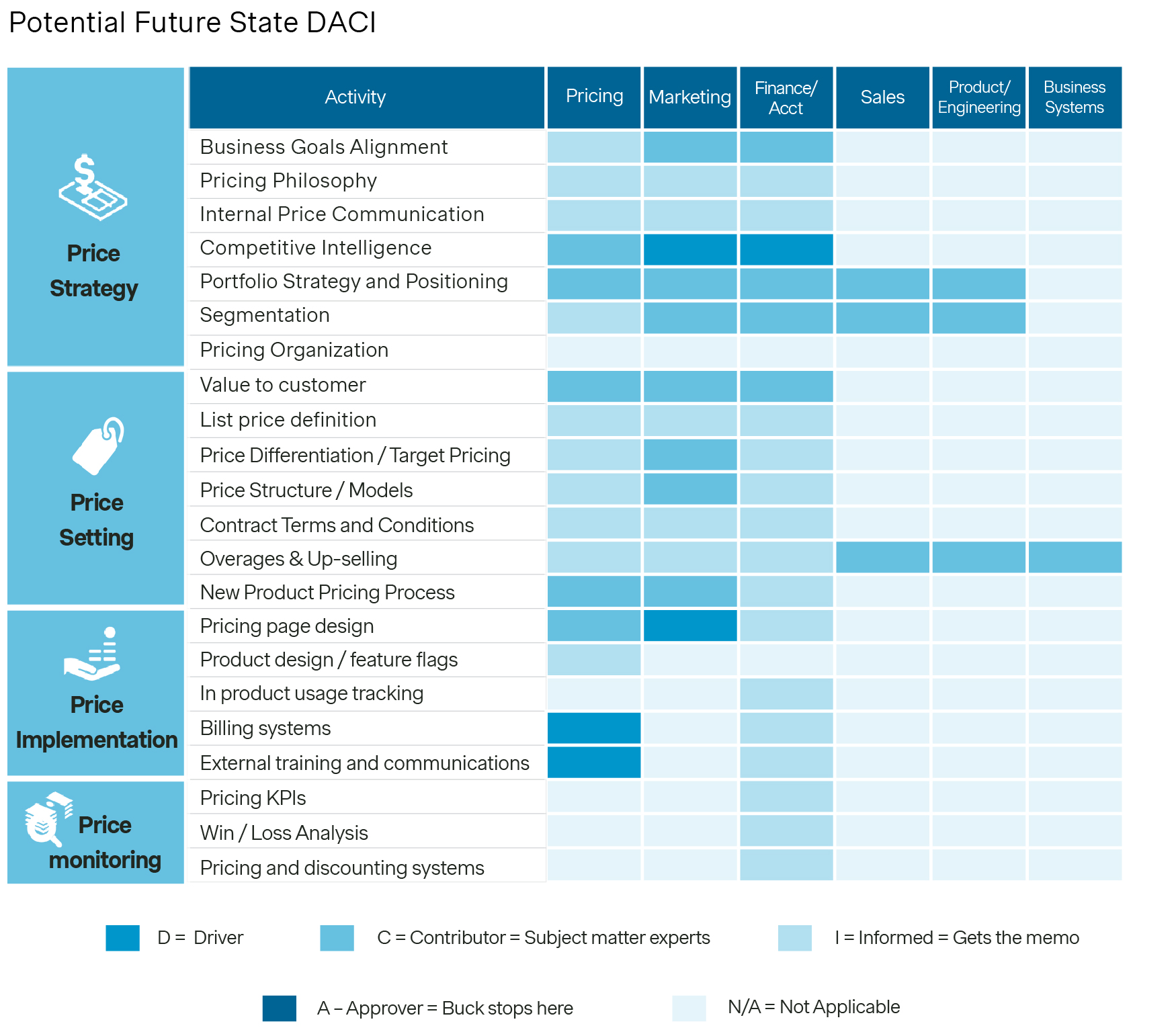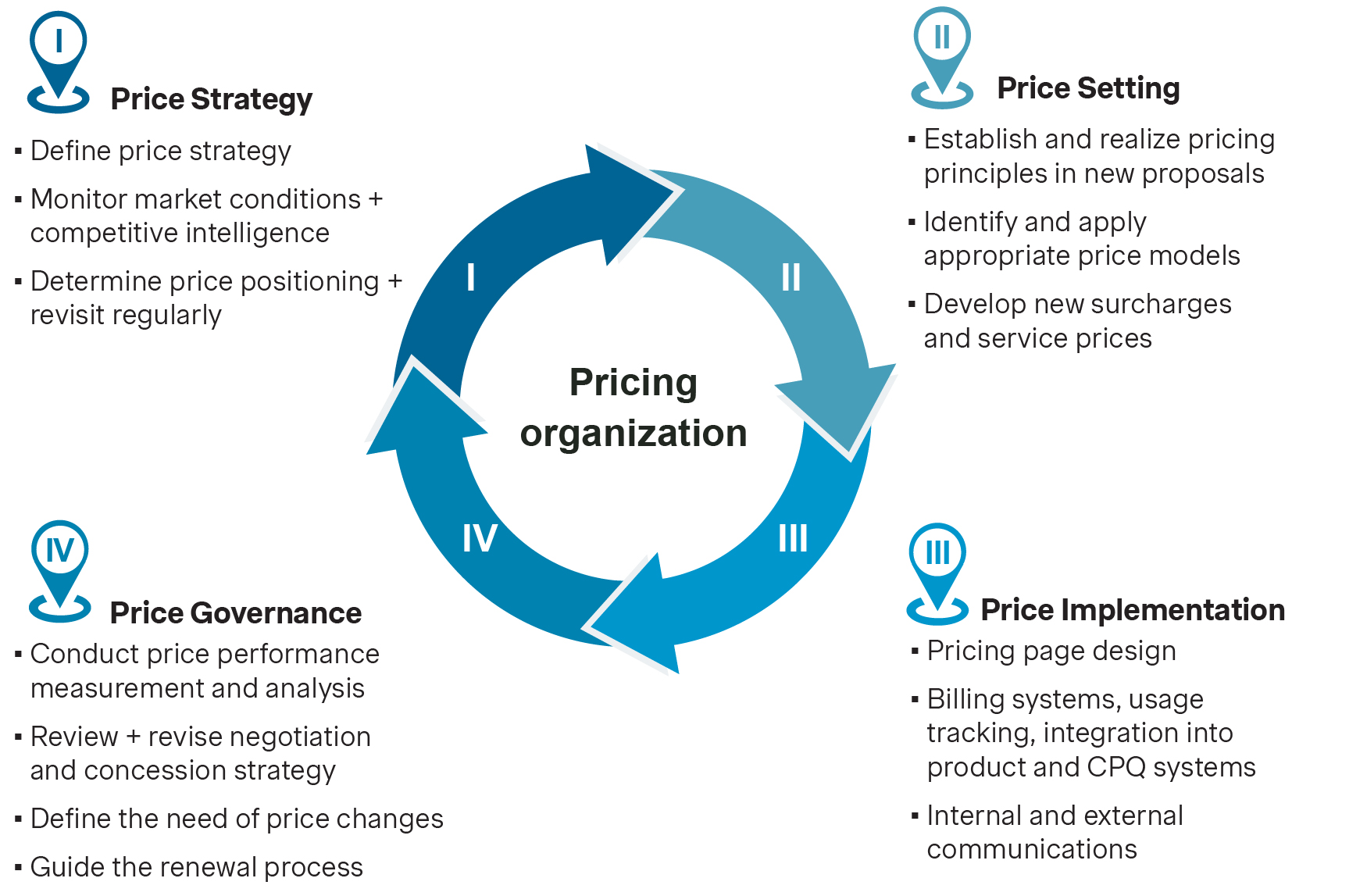About the Authors
Abde and Alvaro bring a wealth of experience in monetization and pricing strategy. Abde, a Partner at Simon-Kucher and former leader of Atlassian’s monetization and growth teams, played a pivotal role in launching key initiatives such as per-user pricing, tiered product offerings, and cloud migration. His experience has given him deep insights into successful strategy execution and the challenges along the way. Alvaro, co-founder and CEO of Orb, draws on his tenure as an engineering leader at Asana, where he helped drive transformative pricing changes. His work at Orb simplifies pricing and packaging strategies for companies like Perplexity and Vercel, offering unique perspectives on the operationalization of innovative billing models.
How to Execute Monetization Strategies Successfully
Understanding the key modes of failure in strategy execution—poor people alignment, lack of processes, insufficient investment in enablement, and outdated systems—allows us to address these challenges head-on. With a clear awareness of these obstacles, we can design targeted solutions that turn potential pitfalls into opportunities for success. The following sections provide actionable strategies to ensure effective execution, bridging the gap between well-crafted plans and tangible results. By focusing on alignment, robust processes, comprehensive enablement, and modern tools, companies can overcome these common barriers and transform their strategic initiatives into sustained growth and monetization.
1. Alignment Across the Organization
Successful execution starts with alignment—from the CEO to the board, all the way through to operational teams. Clarity around expected impact, investment, and operationalization is vital to keep everyone focused on the common goal of effective monetization.
2. Building a Process
A structured approach is essential for successful execution and monetization. Without a clear framework to manage and track progress, strategic initiatives can quickly lose traction. To address this, defining roles and responsibilities at the inception of each initiative is key. We have found success in our projects by using the DACI framework:
D: Driver
The owner of the pricing and packaging functions. This can vary across companies; often it is a part of the product team in software-driven businesses. In other cases, the owner might be a product marketing manager, someone in finance, or part of a dedicated pricing and packaging function.
A: Approver
The pricing committee, typically consisting of C-level executives such as the CMO, CPO, CRO, and CFO, who are responsible for final approvals and accountability.
C: Contributors
Key team members from various functions, including engineering, platform engineering, business operations, growth, sales or revenue operations, marketing, and legal, who contribute their expertise to ensure the initiative’s success.
I: Informed
Those who need to be kept updated on progress, including sales enablement, customer support, and customer success teams.
In addition to DACI, it is crucial to establish a cross-functional pricing committee that can revisit the pricing direction regularly. This committee ensures that different perspectives from across the organization are incorporated, fostering alignment, and avoiding the fragmentation that often plagues large-scale initiatives—ultimately driving better financial outcomes.
For large-scale overhauls, establish a cross-functional team with an assigned program manager. This team should define key milestones, timelines, and allow for iterative testing to adapt strategies as needed, ensuring that execution translates into operational monetization.

3. Governance and Policies
Successful monetization strategies require a continuous, iterative approach to pricing that is governed by clear policies and strong oversight. The diagram below illustrates the four key phases of an effective pricing organization:
Price Strategy (I): Start by defining the pricing strategy, monitoring market conditions, and positioning based on competitive intelligence.
Price Setting (II): Establish and realize pricing principles, identify appropriate price models, and develop new surcharges as needed.
Price Implementation (III): Implement the strategy, focusing on pricing page design, integrating billing systems, and ensuring internal and external communication.
Price Governance (IV): Monitor price performance, conduct reviews, revise negotiation strategies, and guide renewal processes.
This iterative process ensures the entire pricing strategy—from inception to governance—is properly implemented and adjusted over time to meet market demands and internal business needs, driving sustainable monetization.

4. Customer Communication and Field Training
Align your customer communication plan with cohort analysis to anticipate reactions and prepare accordingly. Effective field training will also allow sales teams to convey the value of your new pricing models clearly, fostering better adoption, customer satisfaction, and ultimately driving revenue growth.
5. Right Tooling
Invest in tools that provide comprehensive customer data and insights. Configure-Price-Quote (CPQ) systems, billing infrastructures, and telemetry systems can streamline your operations, enabling informed decision-making that aligns with your pricing strategy and helps maximize monetization.
Examples of Successful Execution
Transitioning to User-Based and Subscription-Based Pricing Models: A successful shift in pricing models can significantly impact both revenue and customer satisfaction. One software company transitioned from a traditional licensing model to a user-based, tiered structure (Good/Better/Best), while another technology firm moved from selling perpetual licenses to a subscription-based model. Both transformations were driven by thorough customer research, leadership alignment, and robust internal training programs. Clear communication with customers and well-prepared sales and support teams ensured smooth transitions. As a result, both companies saw increased customer satisfaction, improved recurring revenue, and enhanced customer engagement with easier access to updates.
Implementation of a Consumption-Based Pricing Strategy: An enterprise software company transitioned from a fixed subscription model to a consumption-based pricing strategy after recognizing that customers were reluctant to adopt more comprehensive solutions due to cost concerns. By switching to a "pay for what you use" approach, customers were more willing to expand their usage, as the costs directly reflected the value they were receiving. The change led to increased customer retention and greater value realization, supporting both customer growth and company profitability.
Successful operational monetization hinges on effective strategy execution. It is the ability to transform strategic insights into practical, revenue-generating outcomes—by ensuring alignment, developing robust processes, and utilizing the right tools and training—that sets leading companies apart.
Don’t let your monetization strategies falter due to poor execution. With our expertise in operational monetization, we can help you turn your vision into sustainable growth and profit.
Contact us today to explore how we can support your journey toward successful monetization.

